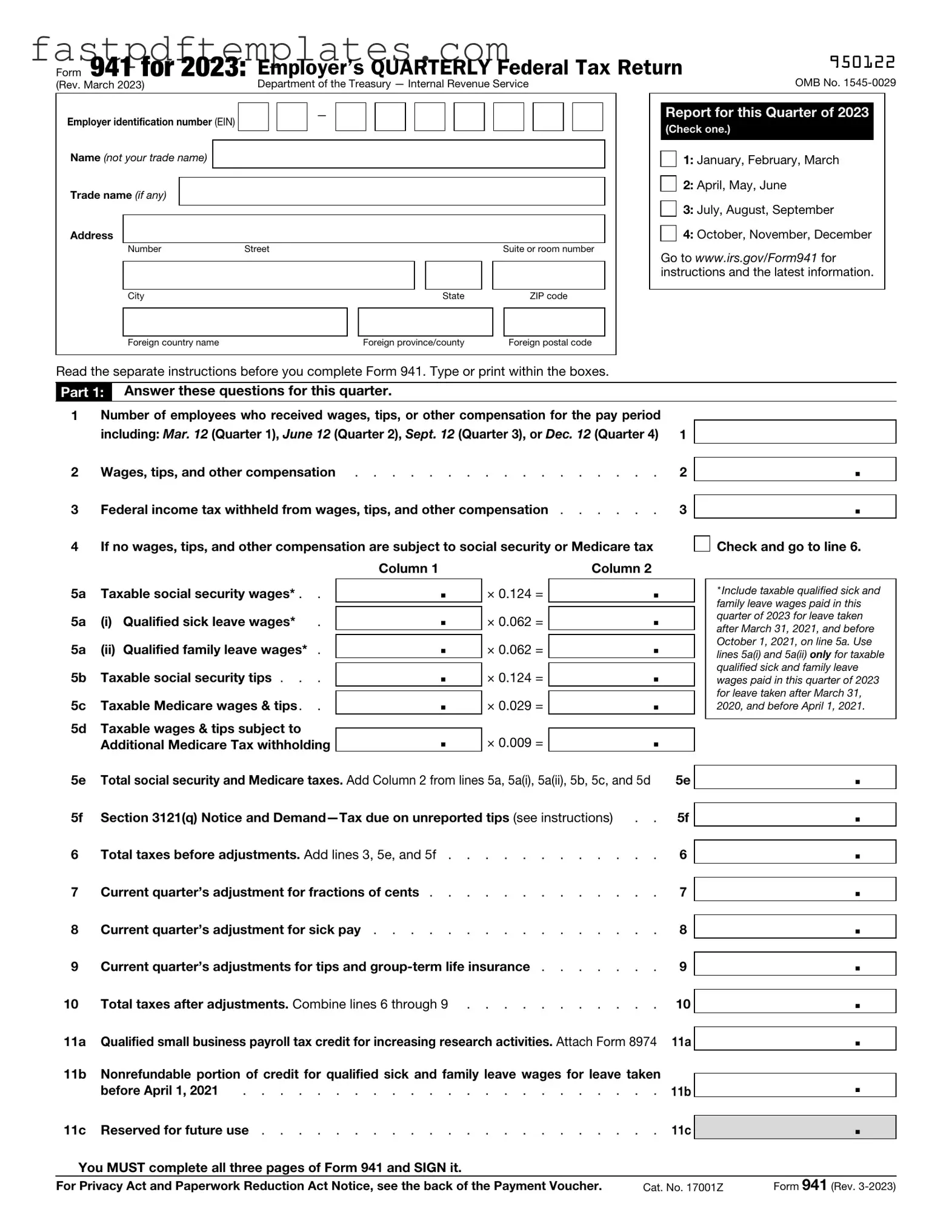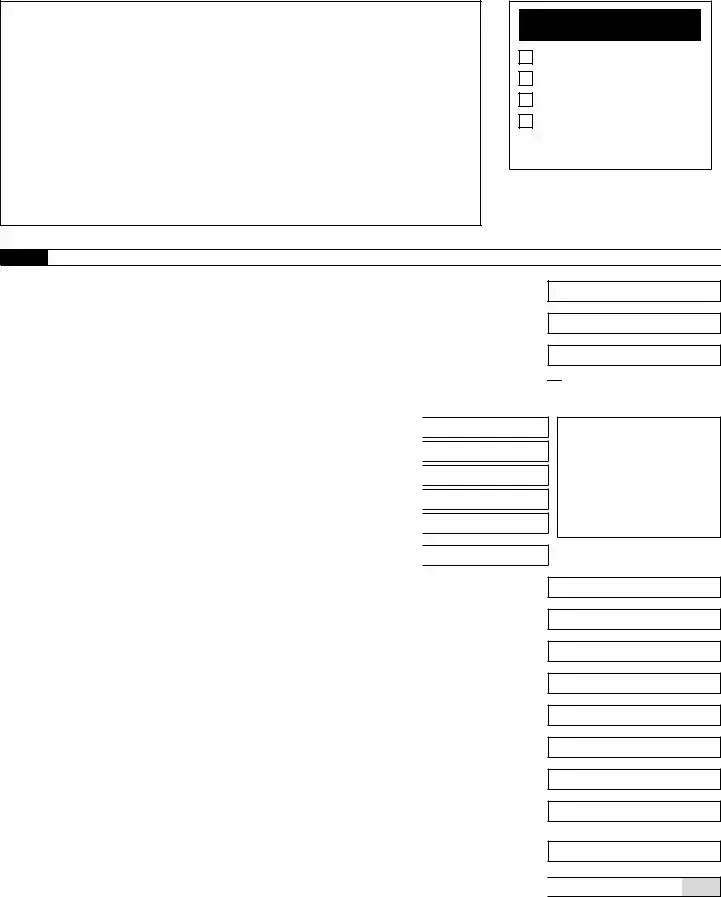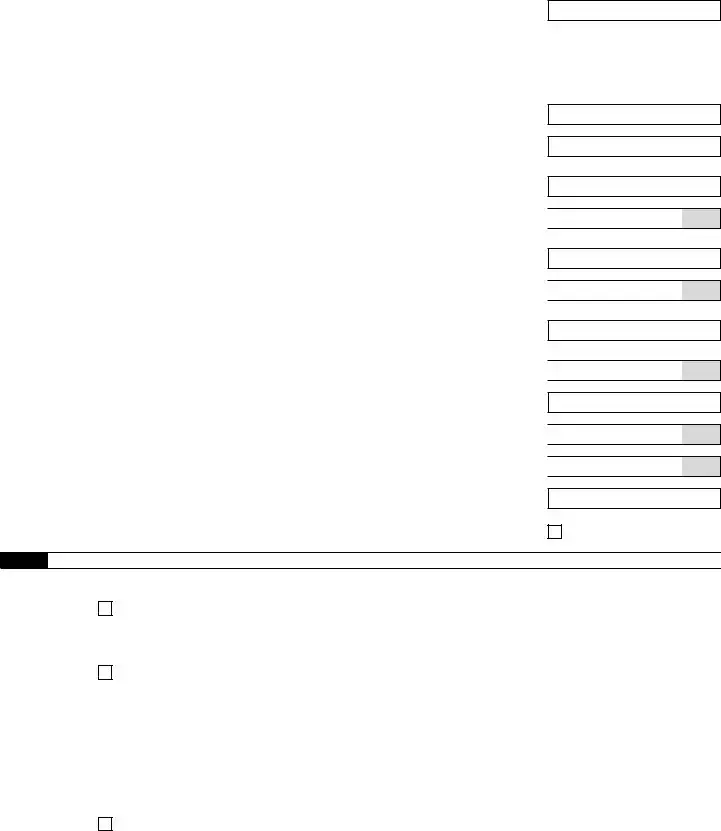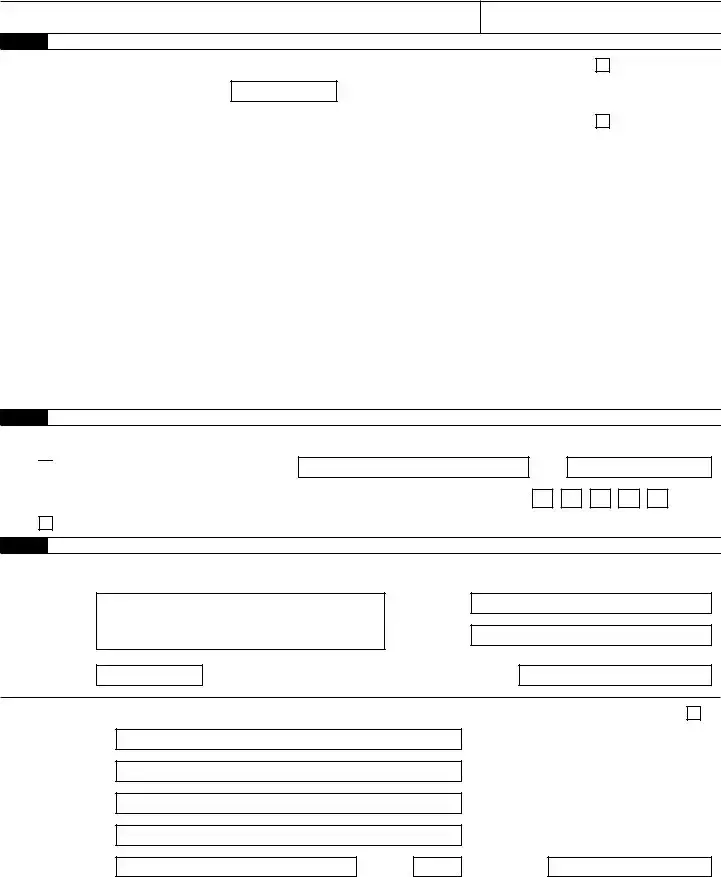The IRS Form 944 is similar to Form 941 as both are used by employers to report payroll taxes. While Form 941 is filed quarterly, Form 944 is an annual return for smaller employers who owe less than a certain amount in payroll taxes. This allows eligible businesses to simplify their reporting process, reducing the frequency of filing while still ensuring compliance with federal tax obligations.
Form 940 is another related document. It is used to report federal unemployment tax (FUTA) liabilities. Unlike Form 941, which covers Social Security and Medicare taxes, Form 940 focuses solely on unemployment taxes. Employers must file this form annually, and it helps ensure that funds are available for unemployment benefits to eligible workers.
Form W-2 is also connected to Form 941. Employers use W-2 forms to report annual wages and taxes withheld for each employee. While Form 941 summarizes payroll tax information quarterly, W-2 provides a detailed account of individual employee earnings and withholdings for the entire year, making it essential for employees when filing their personal income tax returns.
Form 1099-MISC is relevant for reporting payments made to independent contractors. Similar to how Form 941 reports employee wages and taxes, Form 1099-MISC reports non-employee compensation. Businesses must issue this form to contractors who earn over a certain threshold, ensuring that all income is reported to the IRS.
Form 1095-C is another important document for employers, particularly those with 50 or more full-time employees. This form provides information about health insurance coverage offered to employees. While Form 941 deals with payroll taxes, Form 1095-C ensures compliance with the Affordable Care Act by reporting the health coverage provided to employees during the year.
Form 720 is used to report and pay federal excise taxes. While not directly tied to payroll, it is similar in that it requires businesses to report specific tax liabilities to the IRS. Like Form 941, Form 720 must be filed periodically, depending on the type of excise tax being reported.
Form 8862 is relevant for taxpayers who have previously been denied the Earned Income Tax Credit (EITC). While it does not directly relate to payroll taxes, it serves as a form of compliance for individuals and can impact the overall tax obligations of a business that employs such individuals. This form allows taxpayers to demonstrate eligibility for the credit in subsequent years.
Form 1040 is the individual income tax return that U.S. taxpayers file annually. While it differs from Form 941 in that it is for personal income reporting, both forms contribute to the overall tax compliance framework. Employers' reporting through Form 941 affects the information reported on employees' Form 1040, especially regarding withholdings and tax credits.
Form 941-X is an adjusted version of Form 941. Employers use this form to correct errors made on previously filed 941 forms. This ensures that any discrepancies in payroll tax reporting can be addressed, allowing for accurate tax compliance and adjustments to be made as necessary.
Lastly, Form SS-4 is used to apply for an Employer Identification Number (EIN). While it serves a different purpose, it is foundational for businesses before they can file Form 941. An EIN is essential for reporting payroll taxes, and obtaining one is a critical step in the process of tax compliance for any employer.



 Check and go to line 6.
Check and go to line 6.

 .
. .
. .
. .
. .
.

 Yes. Designee’s name and phone number
Yes. Designee’s name and phone number
